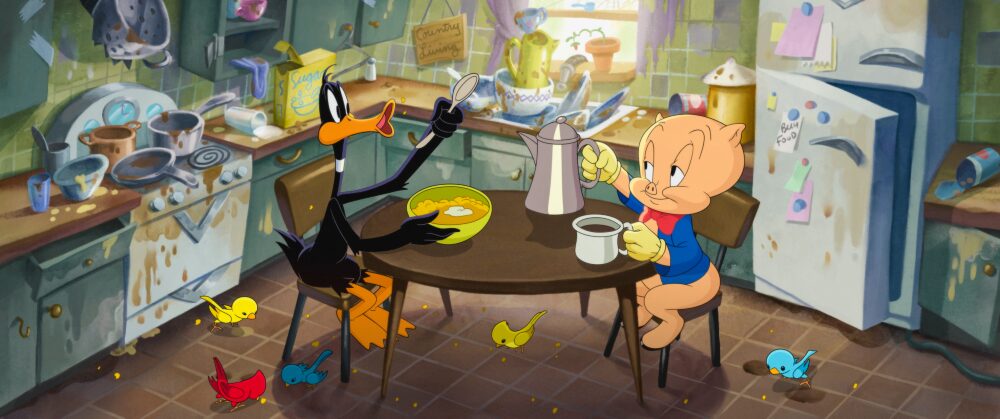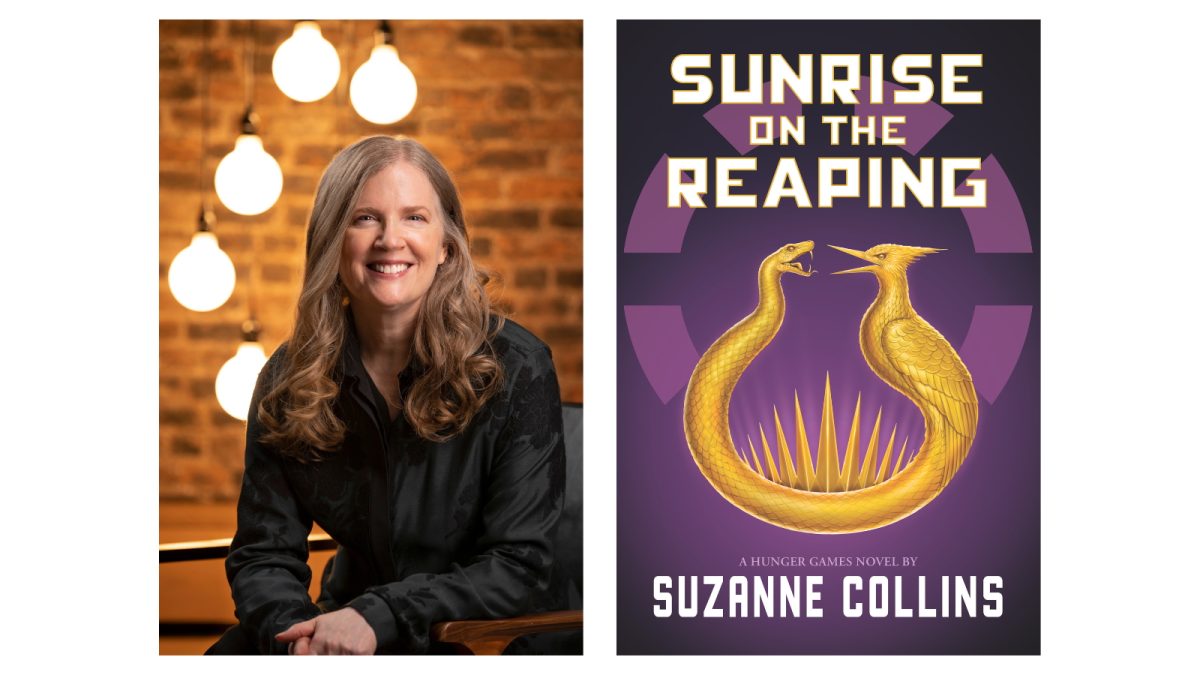Featured Graphic by Destiny Mizell
Story by Larry Rincon
As the movie market becomes more and more saturated with superhero films, it’s becoming harder to find ones that raise the bar and set a new precedent to what these films should be like in terms of experience and quality.
Marvel Studios has had a bit of a rough time in the past year in terms of my experiences with their movies. Since the release of “Spider-Man: Far From Home,” I’ve only truly enjoyed two of the movies they released, and unfortunately that was not one of them.
However, while Marvel Studios may be slacking, Sony has managed to outdo Marvel with their latest release “Spider-Man: Across the Spider-Verse.” The film is a sequel to the 2018 film “Spider-Man: Into the Spider-Verse.” For those who haven’t seen the first movie, the story follows Miles Morales after he ends up being bit by a spider. He must learn to become Spider-Man while also stopping the multiverse from collapsing.
“Across the Spider-Verse” picks up almost two years after the events of the first film. However, this time the audience gets to learn more about Earth-65 Gwen Stacy and her life after her best friend, Peter Parker, died. She ends up encountering a renaissance-
themed Vulture which establishes the existence of a group of Spider-Men called Spider-Society. They travel dimensions to get rid of anomalies. The story returns to Morales who meets a villain who calls himself The Spot.
For the most part, the film follows Morales as he struggles with managing his personal and Spider-Man lives. He wants to tell his parents the truth about his superhero persona, but he also wants to keep them out of danger. Because of this internal conflict, a lot of tension builds in his relationship with his mom and his dad.
There isn’t much I can say about the film’s story without going into what I believe are major plot points. “Across the Spider-Verse” is the first part of a two part sequel, so a lot of this movie is setting up the next film “Beyond the Spider-Verse.” With that said, I can only go through what I believe are the best aspects of the film.
The Spider-Men we’ve seen in the films and TV films have always been some version of Peter Parker. For someone who is Latine, getting Morales is a huge win for my community as well as the black community. The “Spider-Verse” series without a doubt is targeted to both communities.
In relation to this, I must say that being bilingual caters to the enjoyability of “Across the Spider-Verse.” There are many jokes and situations the movie includes that are elevated when you come from a Spanish speaking household. However, it was a bit awkward being one of the only people who would laugh when something a little too relatable happened — especially when the conversation came up about speaking Spanish between Morales and his mom.
That being said, I liked how natural the depiction of Miles’s Puerto Rican heritage was. Usually, films try hard to depict a character’s culture and in the end it feels more offensive than anything. Thankfully, Morales did not suffer the same fate. Moving away from Miles, the other characters — particularly the new ones — of the film were all interesting to get to know. There were well over 200 Spider-People in the film, so I’ll list three of the most important.
Obviously, Oscar Isaac’s voice for Miguel O’Hara was phenomenal. If you closed your eyes and only listened to his voice, you would be able to understand the kinds of emotions his character carried across. The character itself was intimidating, and whenever his particular theme song would start playing I could feel myself getting chills. A complete contrast to Migeul O’Hara is Pavitr Prabhakar, the Indian version of Spider-Man voiced by Karan Soni. This Spider-Man is a little different because he did not get his powers from a spider, but instead magic. Regardless, he still holds up to the hero name by being a little goofy, but also a serious hero who aims to protect the people of his city.
The final Spider-Man I’d like to mention is called Spider-Punk. Hobie is a bit of a wild card version of Spider-Man. He does what he wants and proves to be a very helpful ally to Miles and later on to Gwen. Daniel Kaaluya did a great job getting the character’s personality across.
Finally, this wouldn’t be an honest review of “Across the Spider-Verse” if I didn’t mention the animation. With so many different styles present, I was surprised that film’s credits weren’t longer.
The visuals were intense and beautiful. In all honesty, animation movies have been ruined for me after the first “Spider-Verse” film was released. This film is art whether we want to admit it or not. The colors and the styles manage to blend and work together so well. There isn’t anything to not like different art styles coming together to create a film so enjoyable.
Sony did not need to go so hard on an animated Spider-Man film, but it paid off. This is by far the superhero film of the year. I’m afraid that neither Marvel Studios nor DC can top the quality and execution that came with “Across the Spider-Verse.” The live-action movie industry should beware because animation is slowly getting better and better to the point where CGI is not cutting it anymore.
To contact Lifestyles Editor Destiny Mizell, email lifestyles@mtsusidelines.com. For more news, visit www.mtsusidelines.com, or follow us on Facebook at MTSU Sidelines or on Twitter at @MTSUSidelines.














